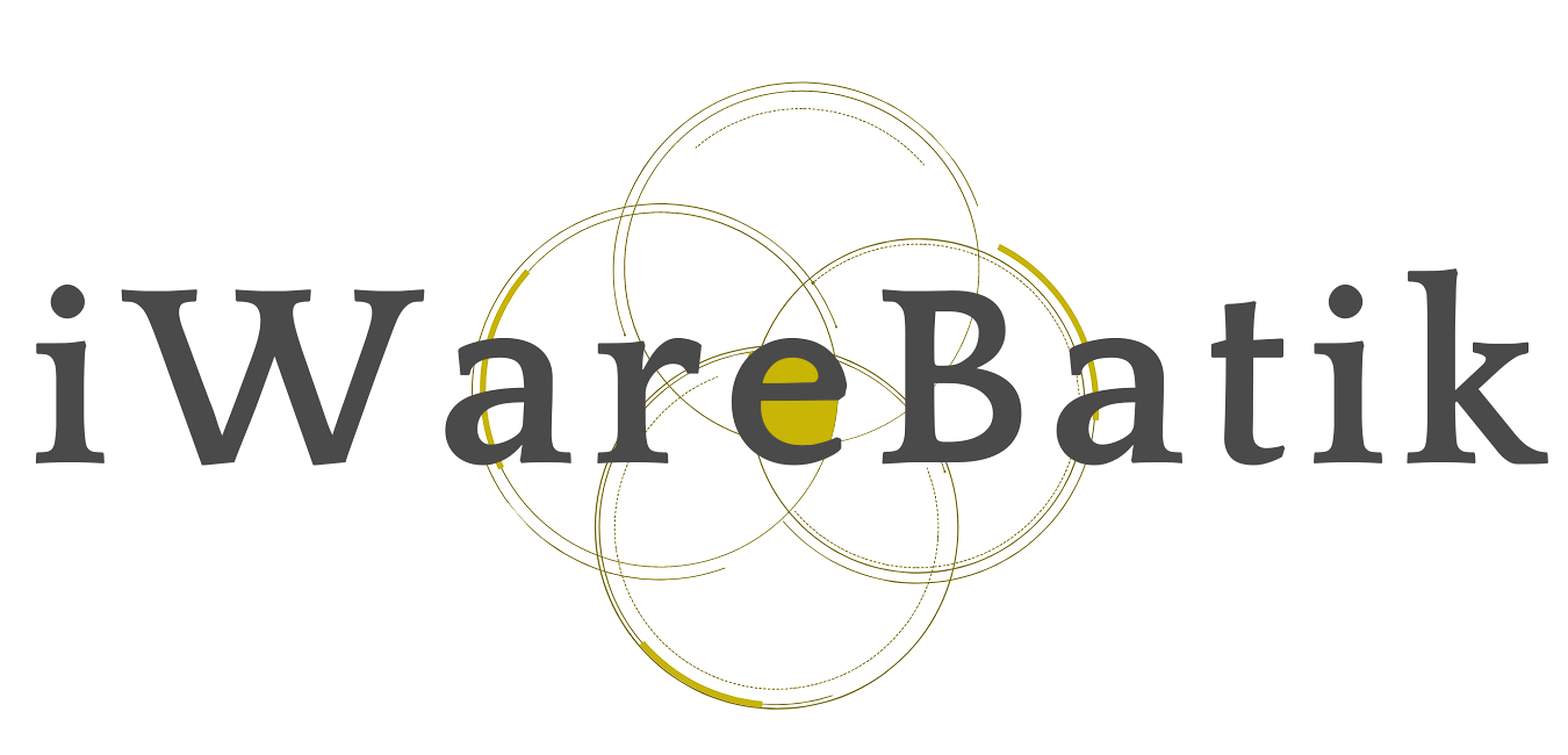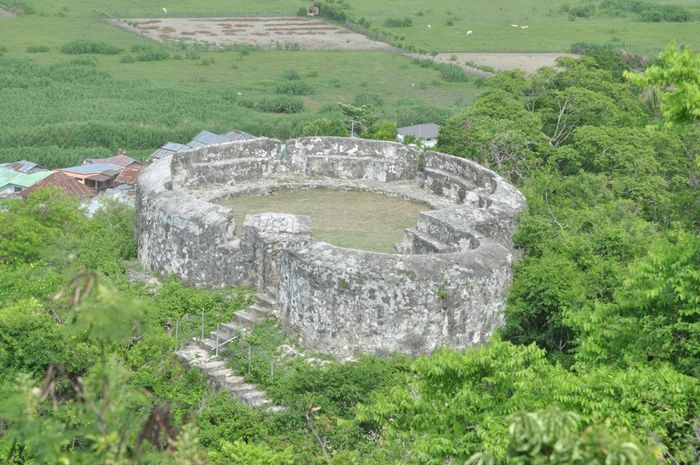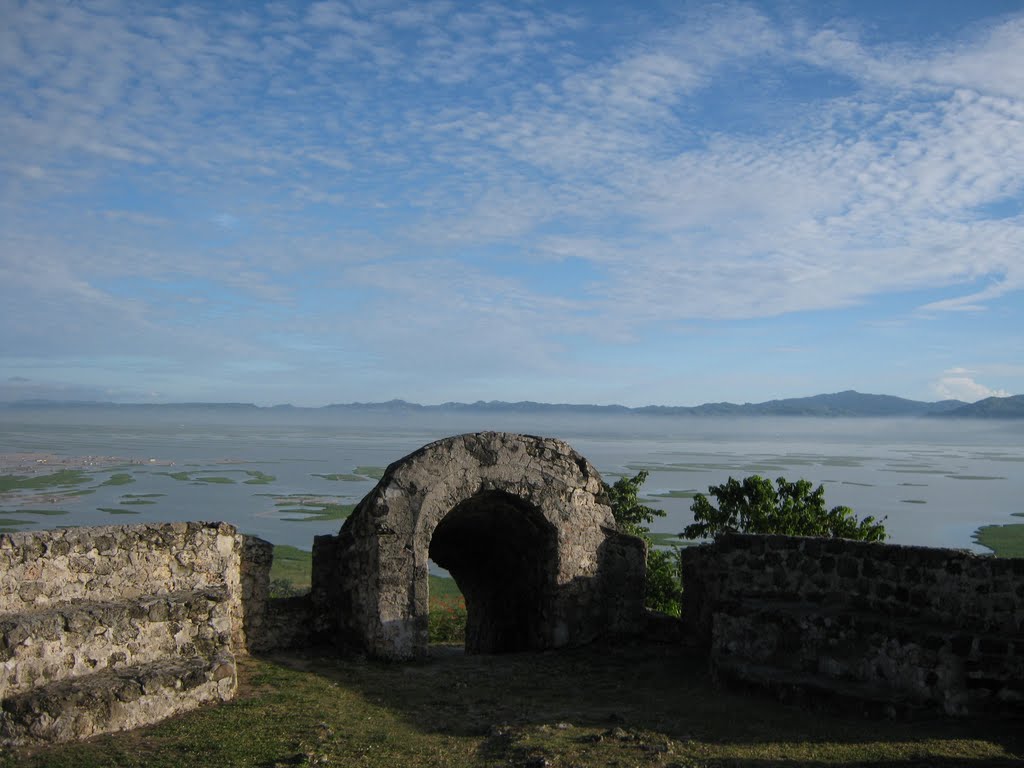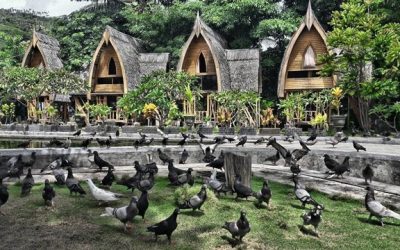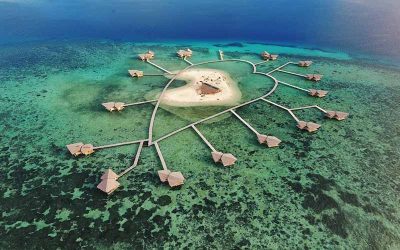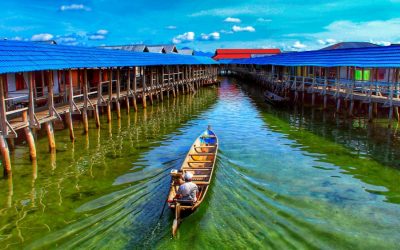Home / Batik Regions – Central Indonesia – Sulawesi Island – Gorontalo / Otanaha Fortress
Cultural Destination
Otanaha Fortress
Otanaha Fortress (Photo: @Bobo.Grid)
The panoramic view of Limboto lake at Otanaha Fortress (Photo: @Ministry of Education)
Otanaha Fortress
It is the most visited spot in Gorontalo due to its historical values. This fortress was built by the Portuguese in 1522 as an agreement with King llato of Gorontalo Kingdom in order to avoid the pirates. To reach the Otanaha fortress, you should climb 348 stairs from the entrance gate that is located in the ground level. If you get tired during the hiking walk, don’t worry! There are some rest areas at this site for the hikers.
Cultural Tourism Destination
Otanaha Fortress
Tourist Attractions in Gorontalo
Bubohu Cultural Village
If you want to spend your vacation in the most authentic
Boalemo – the Isle of Love
Did you know that there is a “ Love Island” somewhere in the world?
Torosiaje Coastal Village
One of the most suggestive sites of the province, for sure! It belongs to Bajo people who
Gorontalo
Batik Motifs
Karawo Mahkuta
Mahkuta refers to Gorontalo’s traditional crown. It represents noble characters of
Karawo Pinang
Pinang refers to the Palm areca tree. This motif is considered as the original
Discover
Indonesian
Batik
Motifs
Gamolan
This motif illustrates Gamolan, a bamboo musical instrument of Lampung that is
Kasih Tak Sampai
‘Kasih Tak Sampai’ is an idiom in the Indonesian language which refers to
Tangerang Herang
Tangerang Herang motif is a symbol of Tangerang city. The Tangerang Herang batik motif consists of
Singayaksa
The Singayaksa motif comes from the name of a place where Sultan Hasanuddin used to
Daun Lada Hitam
The black pepper motif represents the main commodity of Bangka Belitung
Jumputan Bintang
The word Jumputan means the tie-dye technique, while the word “Bintang” refers to
Parang Rusak
Another meaning behind this motif is an unconquerable spirit, symbolized by
Awan Berarak
Awan Berarak is a combination of Dayak motifs and Malay patterns. The word ‘Awan Berarak’ means the
Desa Na Tolu
The Desa Na Tolu characteristic pattern symbolizes the Batak philosophy of existence and
Besurek Rembulan
This batik illustrates praise for God who created the wonderful universe
Insang Ikan
Insang refers to the gills of the fish. This is a typical pattern of Malay ethnic who inhabits
Karawo Mahkuta
Mahkuta refers to Gorontalo’s traditional crown. It represents noble characters of
Sekomandi
Its philosophical meaning is the eternal union which refers to a saying “until death do us part”
Merak Ngeram
The hatching peacock motif has a very deep meaning which refers to the sacrifice and
Bintik Tujuh
The Bintik Tujuh (Seven Dots) motif has 7 white spots and green color gradation as
Prada Papua
The word “Prada” in the Javanese-Indonesian dialect means a batik textile that
Taiganja
Taiganja is a precious gold pendant that shows the social status of the Kaili family. It is
Leuit Sijimat
This motif reflects the daily activities of the Baduy tribe in Banten. The main ornaments of batik motif consist of:
Daun Sirih
This motif illustrates betel leaves that are used by Lombok communities as traditional
Sekar Jati
Sekar means flower and Jati refers to teak trees that symbolizes a strong mental character that
Kain Cual
Cual textile tradition has existed since the 17th century. The word “Cual” refers to
Hiu Taliyasan
Indonesia is also home to the world’s largest fish, the whale shark (Rhincodon typus). Hiu Taliyasan refers to
Tampuk Manggis Sasirangan
The motif illustrates the philosophy of the mangosteen fruit, which is
Angsa Duo
According to legend, the Angso duo batik motif is a pair of swans that are believed to have led Princess
Kaharingan
The Kaharingan or ‘tree of life’ based on the Dayak tribes’ belief system. This tree symbolizes
Daun Simpor
This motif is inspired by the Simpor plant (Dillenia Suffruticosa) which is a typical
Salakanagara
Salakanagara batik motif illustrates the first kingdom in the Betawi land
Rangkiang
The word “Rangkiang” refers to the rice granary in the Minangkabau language. It symbolizes
Malinau Cultural Festival
You will witness a unique competition that might not be found other than in
Kawung
The Kawung motif was created by Sultan Agung Hanyokrokusumo (1593 – 1645) as a symbolic gift for
Srimanganti
The name of the Srimanganti motif is derived from Palace’s hallway that connects to
Kuda Kupang
Horses symbolize wealth. It contains noble values of virtuous characters that bring
Paqbarre Allo
The word “Barre” means round and “Allo” means the sunlight. This motif is interpreted as
Dayak Taghol
Dayak Taghol has a distinctive style of four curved lines and small dots. This motif represents
Durian Pecah
Broken Durian motifs depict the foundation of faith. The second half signifies the mastery of
Buketan Bali
The Balinese bouquet (Buketan Bali) is a floral arrangement and the name is
Gonggong Beruntun
This motif illustrates that a person should maintain a positive attitude and
Enggang Dayak
Local people beliefs that hornbills are an incarnation of the Commander of the Birds. It has supernatural
Ikan tambal
The word “Ikan” refers to fish. The philosophical meaning of Ikan Tambal means is
Lontara
The Lontara script itself is a typical ancient script of Bugis and Makassar communities. History records that
Tengkawang Ampiek
With its many advantages, the Dayaks use this leaf in ritual ceremonies. This plant is a symbol of
Tifa Totobuang
The batik motifs illustrate Maluku’s traditional music instrument called
Gajah Way Kambas
The motif illustrates the Lampung’s natural reserve, the Way Kambas. it also symbolizes
Ake Patra
Ake is related to the divinity and the composition of the universe. It is a symbol of
Sero Tangga
The Sero Tangga illustrates an endearing feeling and sacrifices of a person to fulfil
Dayak Kamang
Kamang motif is generally found in the Dayak tribe shield because it is believed to
Tenun Bima
The motifs are adopted from Bima woven textile. This pattern has received a great
Wakatobi
It symbolizes the coastal beauty of the Wakatobi island and the symbol of Patra symbolizes
Pattimura
Pattimura is the name of an Indonesian hero who fought against colonialism in
Tabir Tanjung
Tanjung flower is a type of Cherry tree flower, which is commonly found in
Burung Bidadari
Bidadari birds are endemic birds in Halmahera. This motif represents an
Bekantan Pakis
This motif represents Pakis Haji (Polystichum setiferum), an endemic plant in
Honai
The Honai is inspired by the traditional house of the Papuan community living in
Parang Seling
Parang Seling or “alternating daggers” is a royal batik motif. It is a feminine variant of
Lok Baintan Floating Market
As you can imagine, the most authentic thing is that you can buy things and even
Tongkonan
Toraja’s traditional house is called Tongkonan. Tongkonan is a place for
Tanah Liek
The word “Tanah Liek” refers to clay in Minang language. It is also known as
Lipaq Sabe
Lipaq Saqbe contains a simple geometric classical motif with various flower decorations. This textile is
Karawo Pinang
Pinang refers to the Palm areca tree. This motif is considered as the original
Ukir Sentani
The Ukir motif is a batik motif that is inspired by various traditional Sentani wood carvings
La Galigo
La Galigo is a literary work of the Buginese Epic that has 300 thousand epic lines. It is considered even
Pohon Hayat (Tree of Life)
The Batik motifs in Lampung are dominated by the acculturation of Buddhist and
Kaganga Tanah Rejang
If Batik Besurek combines Arabic calligraphy motifs, then the Kaganga batik takes
Besurek Rafflesia
The term “Basurek” refers to a textile that contains letters or inscriptions
Gigi Haruan Lidi
The Gigi Haruan Lidi motif is taken from the name of the cork fish and is a symbol of
Jupri Kembang Teh
Kembang Teh illustrates the tendrils of tea plants that grow in the highlands of
Manguni Minahasa
Manguni is identified as the symbol of the Minahasa people. Manguni is known as a
Gentala Arasy
Built as high as 80 meters, the tower also highlights the historical side of
Pucuk Rebung Riau
Pucuk Rebung symbolizes heart determination in achieving goals, good luck, and
Pala Salawaku
This motif illustrates the unique weapons of the Maluku region, namely
Gumin Tambun
Based on Hindu mythology, this motif symbolizes lucks, abundant wealth, and
Keluak Daun Pakis
The word “Keluak” is a Minang language which means twisted or tangled. The Motif of
Wirasat
Wirasat or divine inspiration is a gift from God. This inspiration is symbolized by
Raja Ampat
Raja Ampat motif represents the marine life at Raja Ampat archipelago in
